If you’re a proud hamster owner, you’ve likely noticed that each little furry friend has their own unique personality. But did you know that different breeds of hamsters can have distinct temperament variations? In this blog post, we’ll explore the differences in disposition among some of the most popular hamster breeds.
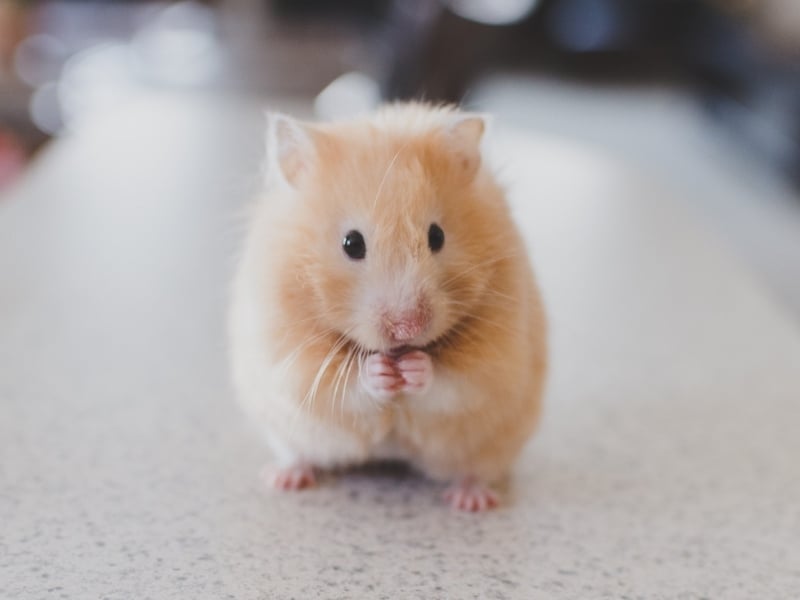
1. Different hamster breeds may look similar but have varying temperaments.
Although hamster breeds may look similar, their temperaments can vary greatly. Some hamsters may be naturally more laid back and docile, while others can be more energetic and unpredictable. Additionally, factors such as species, gender, and environment can also impact a hamster’s temperament. This is important information to keep in mind when selecting a hamster for your family. Syrian hamsters are generally known for their good temperaments and are the easiest to tame. Dwarfs, on the other hand, are more active and can be nippy. Winter White hamsters are social and timid, while Chinese hamsters are more independent. It’s important to do your research and select a hamster breed that matches your family’s lifestyle and personality.
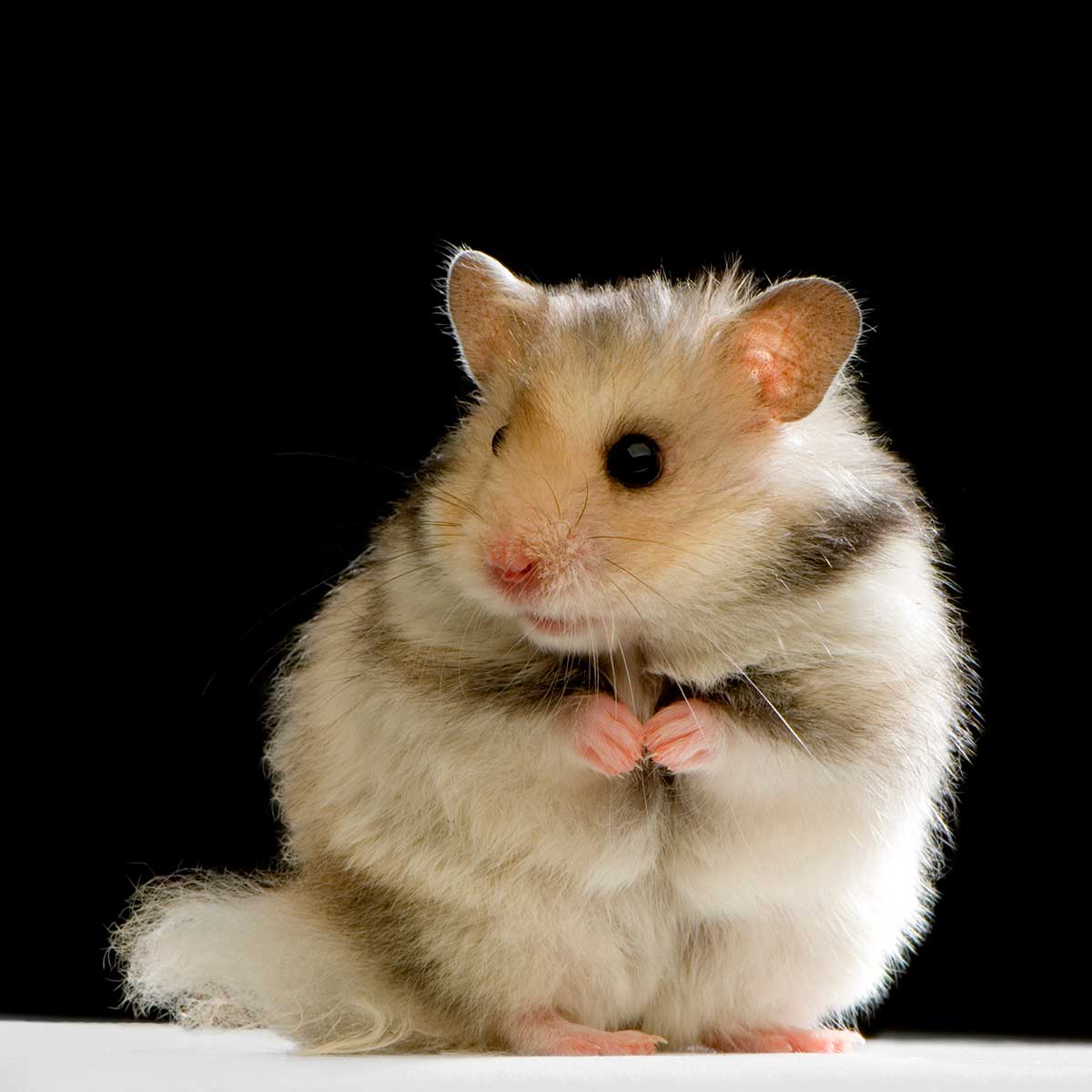
2. Hamster breeds vary in size and temperament.
It is important to understand that hamsters are not a “one size fits all” type of pet. Each hamster breed has unique characteristics and temperament that should be considered when selecting a pet. While some breeds may seem similar in appearance, their size and temperament can vary greatly. Syrian hamsters, for example, tend to be larger and more laid back, while dwarf hamsters can have very different temperaments from one species to the next. It’s crucial to research and understand the individual needs and personality traits of each breed before making a decision on a new pet.
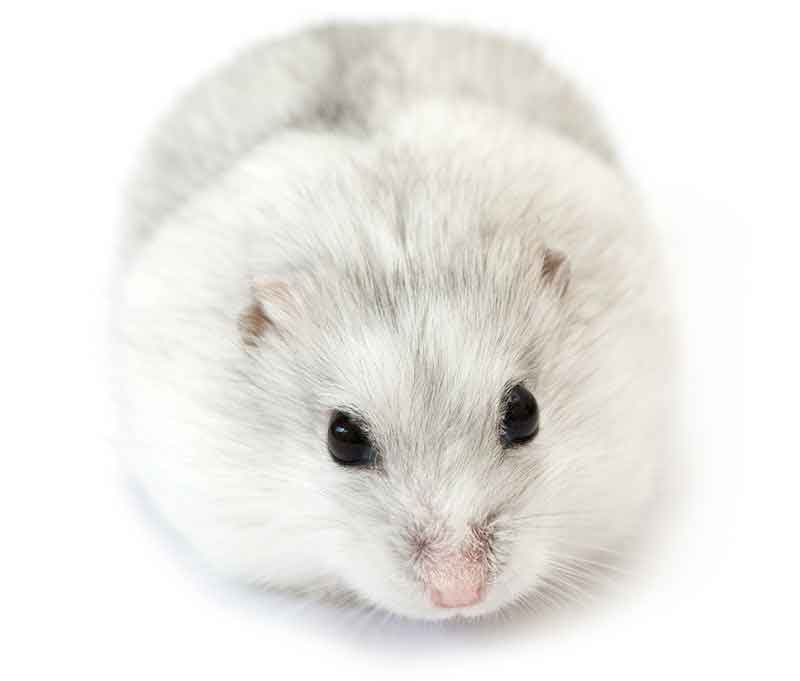
3. Hamsters are naturally friendly, but the extent to which they are varies.
Hamsters are known for their friendly nature, but it’s important to note that the extent to which they exhibit affection can vary by breed. While some hamsters may be happy to be held and cuddled, others may prefer to keep their distance. Factors such as gender, environment, and species can also play a role in a hamster’s behavior. Syrian hamsters, for example, are generally more laid back and less prone to nipping than dwarf hamsters. It’s also important to note that while hamsters can make great pets for all ages, each breed may have unique needs and behaviors that should be taken into consideration before choosing one as a pet.
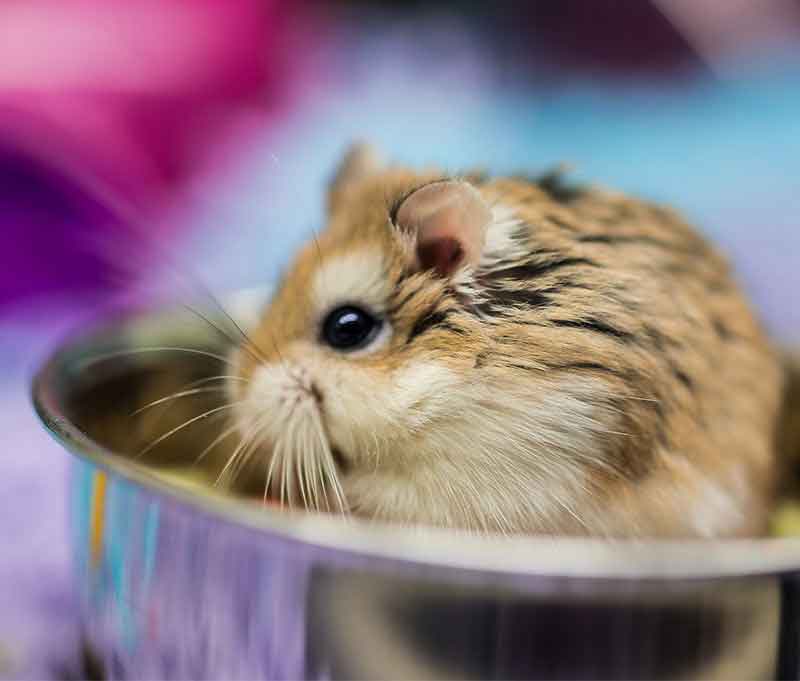
4. Hamster species, gender, and environment can impact temperament.
Hamster temperament can be influenced by a variety of factors, including species, gender, and environment. It’s important to research and understand the specific needs and behaviors of the breed you’re considering, as different breeds have varying temperaments. The sex of the hamster can also play a role, as males tend to be more territorial and aggressive while females are often more social and gentle. The environment in which a hamster is kept can also impact their temperament. A calm and quiet location may be better suited for shy or nervous breeds, while more active and sociable breeds may benefit from more stimulation and interaction. Overall, taking the time to understand and accommodate for these factors can greatly contribute to a happy and healthy hamster.
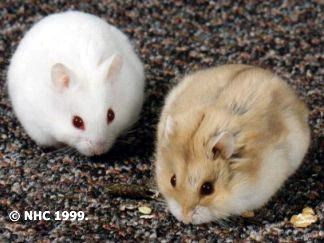
5. Dwarf hamster species have different temperaments and should not be housed together.
It is important to note that Dwarf hamsters have different temperaments depending on their species, and should not be housed together. While some Dwarf hamsters, such as Roborovski and Campbell’s, can live together peacefully when they are of the same sex and have always lived together, others like Chinese hamsters, should be kept apart. Unlike Syrian hamsters, who are solitary creatures, Dwarf hamsters are social animals, but their dynamics can be complicated. It is best to stick to one species per cage to avoid any conflicts or misunderstandings. Properly researching each Dwarf hamster breed’s temperament beforehand can ensure a happy and stress-free co-habitation.

6. Hamster breeds can be categorized into Syrian, dwarf, and Chinese varieties.
Hamster breeds can be categorized into three main varieties: Syrian, dwarf, and Chinese. Each of these varieties has its own unique characteristics, including size, temperament, and physical appearance. Syrian hamsters are the largest of the three varieties and are generally more laid back and less nippy than dwarfs. Dwarf hamsters, on the other hand, are smaller and more active, but can be more anxious and prone to biting. Chinese hamsters fall somewhere in between, with a slightly larger size and a friendly demeanor. When considering adding a hamster to your family, it’s important to do research and choose a breed that will fit well with your family’s lifestyle and personality.

7. Winter White hamsters are sociable and timid.
Winter White hamsters are a popular choice among pet owners due to their sociable natures and gentle personalities. These hamsters are generally timid in nature, but are easily tamed and enjoy human interaction. As such, they make great pets for households with children or other pets. It is important to note that Winter Whites should not be housed with other dwarf hamster species due to potential aggression. Additionally, their habitats should be positioned in quiet and calm locations as to not startle or stress the shy animals. Despite their timid nature, Winter Whites are known to thrive in warm environments and enjoy burrowing and exploring their surroundings. These sociable creatures can be a joy to have as pets for those who are willing to take the time to bond with them.

8. Hamster cages should be kept in calm locations for shy breeds.
Hamsters can be very shy creatures, particularly when they first arrive in their new home. If you have a hamster with a nervous disposition, it’s important to ensure they have a calm and secure environment. One way to achieve this is by placing their cage in a quiet room away from noisy areas of the house. Shy hamsters can also benefit from having their cage situated in a dimly lit area, as bright lights can cause them to become anxious. Providing plenty of hiding spaces in the cage, such as tunnels and hideouts, can also give your hamster a sense of security. Remember, it’s important to let your hamster adjust to their new surroundings at their own pace, and with a little time and patience, they will soon become more comfortable in their new home.

9. Physical characteristics also vary by hamster species.
In addition to varied temperaments, physical characteristics also play a role in differentiating hamster species. Hamsters of different breeds have unique physical traits that set them apart from one another. For example, the Syrian hamster is the largest breed and has distinctive long, thick fur. On the other hand, the Dwarf hamster comes in various subspecies, with differing coat variations such as the Campbell’s Dwarf hamster with its grayish-brown fur and the Winter White Dwarf hamster with a thick white coat. In addition, each hamster breed has a unique body structure and health requirements. It is important to understand these physical characteristics when deciding on a hamster breed to bring into your family. By taking into account both temperament and physical characteristics, you can find the perfect hamster to suit your personality and lifestyle.

10. Syrian hamsters are generally more laid back and less nippy than dwarfs.
Syrian hamsters are known for being one of the most easy-going and friendly hamster breeds, which makes them a popular choice among pet owners. Compared to dwarf hamsters, which can be more skittish and nippy, Syrians are generally more laid back and less likely to bite. This could be due to their size, as they are larger and may feel less threatened by their surroundings. Additionally, Syrians are usually more social and enjoy being handled, making them great pets for families. However, it’s important to note that hamsters have individual temperaments, so it’s still important to handle them gently and respectfully. Overall, if you’re looking for a calm and friendly hamster breed, a Syrian hamster may be the perfect fit for you.
- From Whiffs To Winks: Decoding Hamster Euphemisms And Odors - April 12, 2024
- Fit And Fabulous: The Importance Of Exercise For Your Hamster’s Health - April 12, 2024
- Farewell, My Furry Friend: Honoring Your Hamster’s Life And Legacy - April 12, 2024